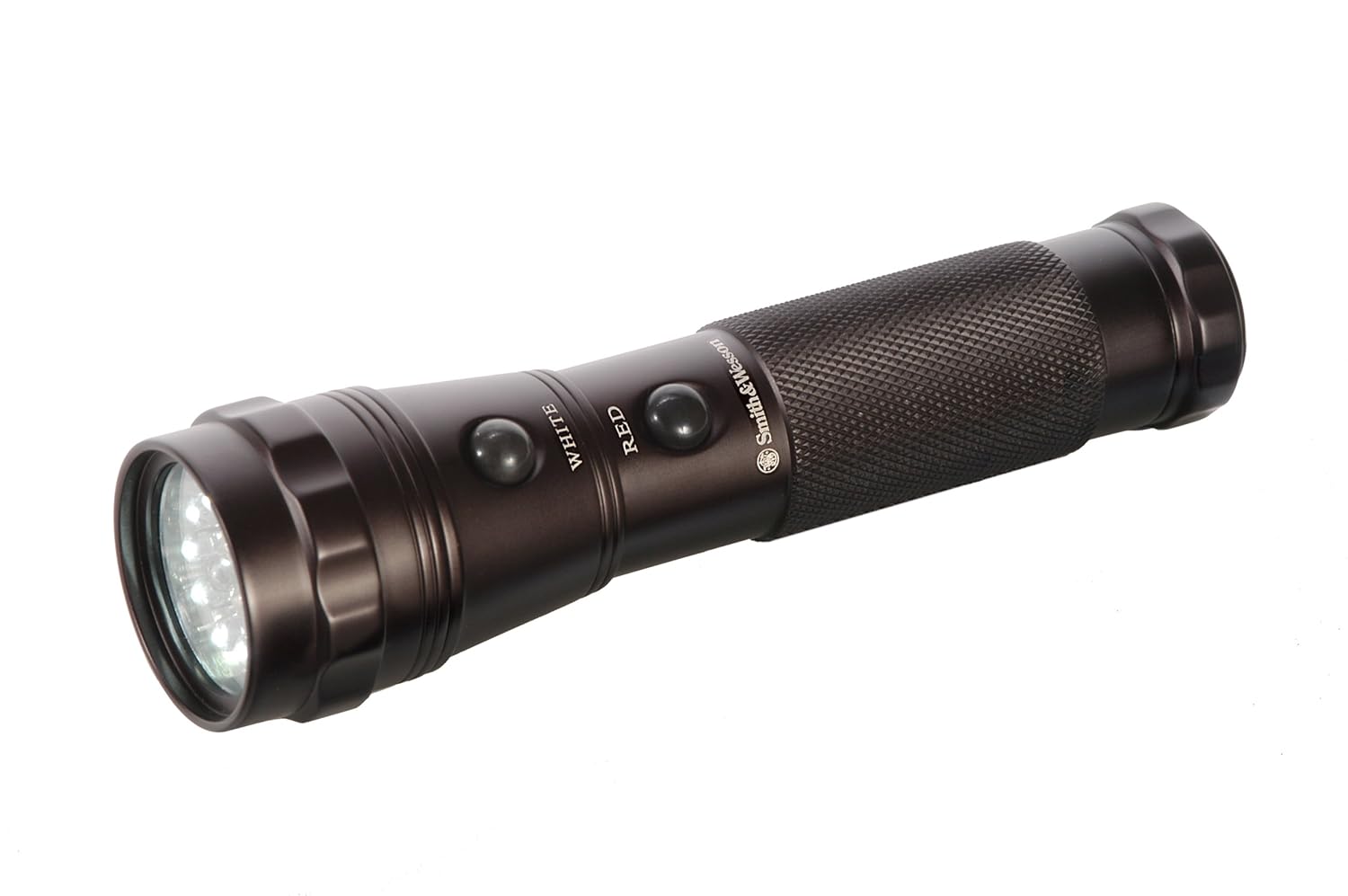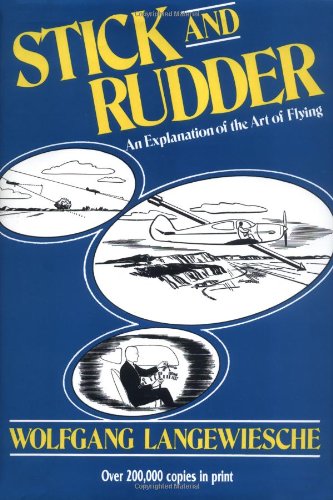DrewG
Pre-takeoff checklist
Greetings all!
I've been an off-and-on lurker here over the years, but decided to finally register and post. I hope to be able to make new friends and learn new things from you all!
I will apologize in advance if this post isn't in the proper forum or if my search on this topic before posting wasn't adequate enough. I tried!
For the past many years, I've made attempts to start flight training or have been gifted various "lessons" which basically amounted to discovery flights, as life/family/finances got in the way of going much further. All-in-all, I've acquired about 9.5 hours of dual time since about 2003, which doesn't amount to much. I'm now able to finally commit the time and resources to finally achieving this goal before I'm 40 without interruption, and I couldn't be more thrilled.
With that said, I'm obviously starting at square one and going full-bore and thus, need to be adequately prepared. Plus, with the holidays looming, I need to provide some gift ideas to the family!
So - finally - to my question; what are some "must have" items a student (or any) pilot should possess, besides the obvious things like a flight bag, good headset, E6B, charts, etc.? I've seen a few lists through web searches that all contain the same things - but I'm wondering if there are certain things that aren't so obvious that you all would add to your lists.
I really appreciate any input and look forward to sharing some good conversation in these forums!
I've been an off-and-on lurker here over the years, but decided to finally register and post. I hope to be able to make new friends and learn new things from you all!
I will apologize in advance if this post isn't in the proper forum or if my search on this topic before posting wasn't adequate enough. I tried!
For the past many years, I've made attempts to start flight training or have been gifted various "lessons" which basically amounted to discovery flights, as life/family/finances got in the way of going much further. All-in-all, I've acquired about 9.5 hours of dual time since about 2003, which doesn't amount to much. I'm now able to finally commit the time and resources to finally achieving this goal before I'm 40 without interruption, and I couldn't be more thrilled.
With that said, I'm obviously starting at square one and going full-bore and thus, need to be adequately prepared. Plus, with the holidays looming, I need to provide some gift ideas to the family!
So - finally - to my question; what are some "must have" items a student (or any) pilot should possess, besides the obvious things like a flight bag, good headset, E6B, charts, etc.? I've seen a few lists through web searches that all contain the same things - but I'm wondering if there are certain things that aren't so obvious that you all would add to your lists.
I really appreciate any input and look forward to sharing some good conversation in these forums!
Last edited:



 though, so that is something you can hold off on until your know that all this "boring holes in the sky" stuff becomes a way of life
though, so that is something you can hold off on until your know that all this "boring holes in the sky" stuff becomes a way of life